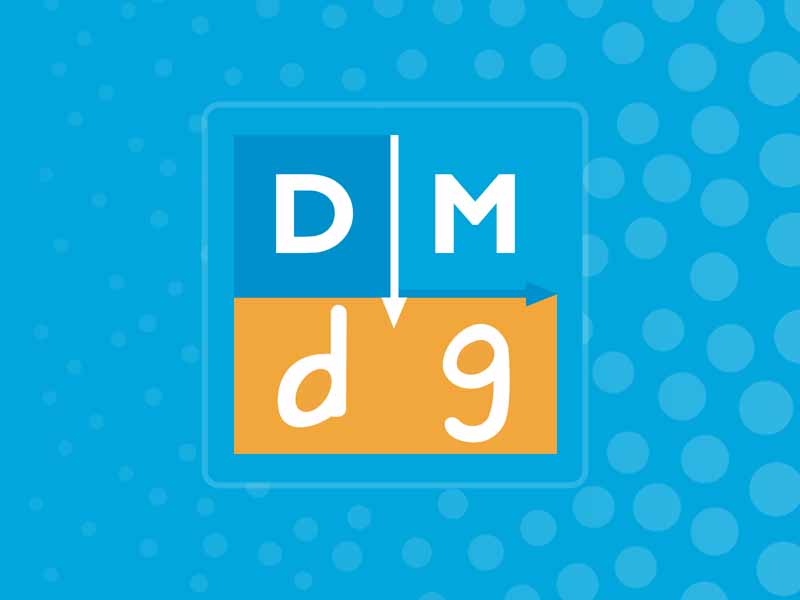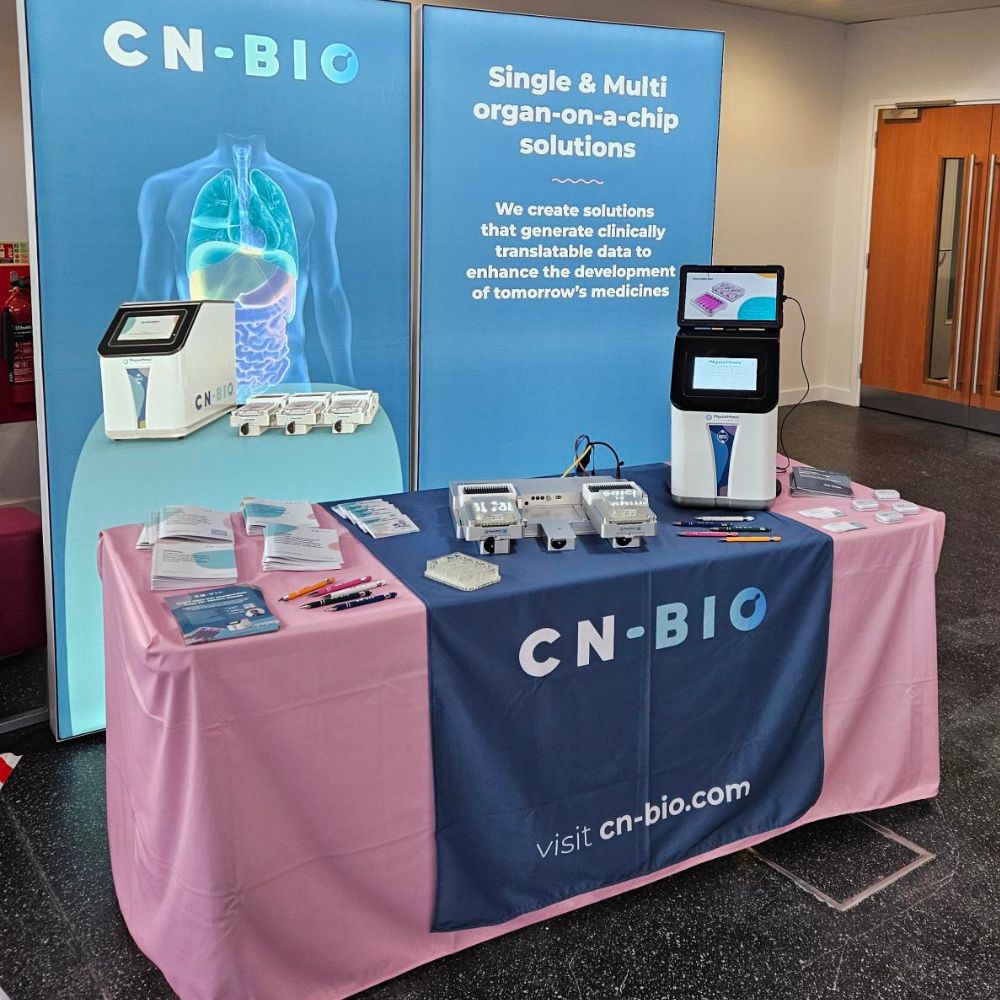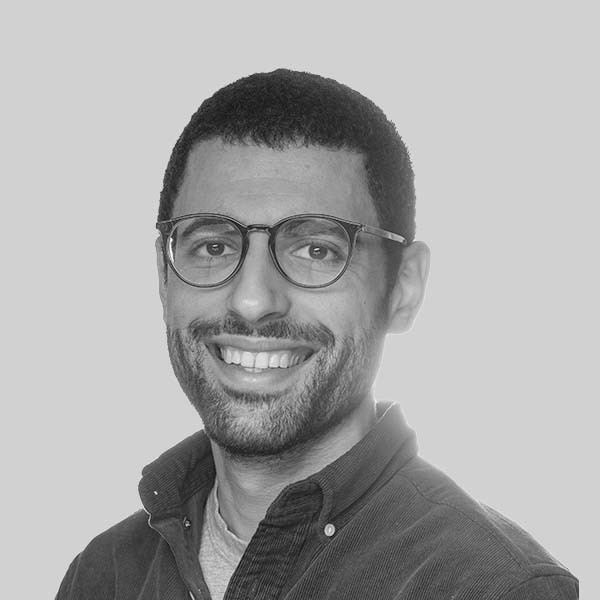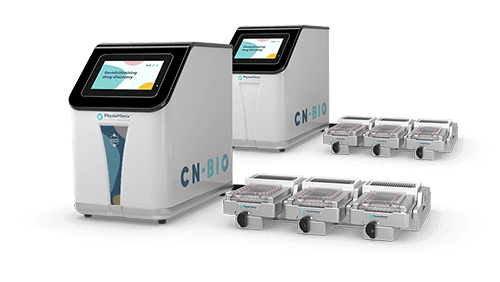Event > Conference >
DMDG Open Meeting 2025
Join CN Bio at the 51st DMDG open meeting in Cambridge. Stop by our stand for a hands-on demo of the PhysioMimix OOC System and a in-person conversation about the latest ADME/DMPK solutions from our team.

Visit us at DMDG – Stand #18!
We’re excited to showcase our PhysioMimix® portfolio! With advanced instruments, all-in-one kits, validated protocols, and consumables, we have the tools to elevate your ADME/DMPK workflow.
Speak to our dedicated team and discover how our Organ-on-a-chip solutions help you generate human-relevant, mechanistic data to improve your in vitro to in vivo extrapolation (IVIVE), inform cost-effective in vivo study design, reduce reliance on animal testing, and highlight risks long before first-in-human trials.

What’s New?
We have something very special to share with you this year at the DMDG Open Meeting.
Head to our stand to learn more about an exciting enhancement to our ADME Contract Research Service – launching at DMDG.
Plus, learn more about our latest innovations, including PhysioMimix® Single-organ Higher Throughput (HT) System and Multi-chip Liver-48 plate, the Bioavailability assay kit: Human 18, as well as our latest ADME publication.
- ADME Contract Research Service enhancement
- PhysioMimix® Single-organ HT System
- PhysioMimix® Multi-chip Liver-48 plate
- PhysioMimix® Bioavailability assay kit: Human 18
- Our latest ADME publication
Visit our poster presentations:
Title: A Liver MPS for Evaluating Targeted Delivery and Efficacy of Oligonucleotide Therapeutics
Date: 2 September 2025, Tuesday
Time: 1800-1930
Poster Board: 21
Presenter: Dr. Yassen Abbas
A Liver Microphysiological System for Evaluating Targeted Delivery and Efficacy of Oligonucleotide Therapeutics
Title: Mechanistic Understanding of Midazolam ADME and Bioavailability via an Integrated Gut/Liver MPS and Mathematical Modelling
Date: 2 September 2025, Tuesday
Time: 1800-1930
Poster Board: 1
Presenter: Dr. Morné van Wyk
Mechanistic Understanding of Midazolam ADME and Bioavailability via anIntegrated Gut/Liver MPS and Mathematical Modelling
Meet the team at DMDG

Yassen
Dr. Yassen Abbas is a Lead Scientist at CN Bio. He completed an MEng in chemical engineering at The University of Edinburgh and joined the European Space Agency as a graduate engineer. He later received a PhD from the University of Cambridge and completed a postdoc fellowship, also at Cambridge on the development of a tissue engineered model of the human endometrium. He has experience with real-time sensor technology, organoids and development of in vitro tissue models using human primary cells. Dr Abbas has published five peer-reviewed scientific articles, four as first author.

Adrian
A seasoned business developer with extensive commercial experience in the life science sector, Adrian Rea joined CN Bio as the European Director of Sales in June 2022. He brings valuable experience in the 3D cell culture market from his most recent role at InSphero, where he was responsible for developing business opportunities in European and Asian markets. He was previously Sales Director at Enzo Life Sciences, where he managed the restructuring of the global distributor sales channels and expanding the European sales operations. Adrian graduated from the University of Glasgow and received his PhD in pharmacology from Glasgow Caledonian University.

Sumita
Dr. Sumita Ganguly is the European Field Application Scientist at CN Bio, where she leverages over a decade of life science experience to providing scientific and technical support to clients across Europe, with an emphasis on translational research and in vitro modelling. She holds a PhD in Biochemistry from the University of Bristol, an MSc in Molecular Genetics from the University of Leicester, a BSc in Physiology from the university of University of Calcutta, and several years of experience working across multiple roles in the scientific sector. Dr. Ganguly combines deep scientific expertise with a practical understanding of customer needs, making her a trusted advisor and technical partner in the field. Her cross-sector experience, from academic research to regulated industry environments positions her to support complex scientific collaborations.

Morné
As a senior computational scientist at CN Bio, Dr. Morné van Wyk is involved in building mathematical models and tools to analyze Organ-on-chip experiments. Morné completed his PhD in biochemistry at the University of Stellenbosch, South Africa, where he focused on computational cell biology and systems biology.


